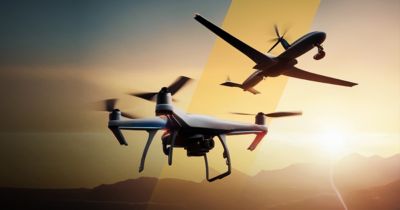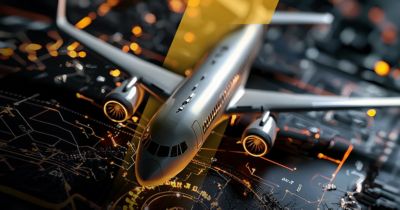Tomorrow's Skies: Confidently Developing Autonomous Systems
Explore the current landscape and upcoming potential of autonomous technology in the Aerospace & Defense (A&D) industry. Here, you’ll discover everything from the driving concepts, and core challenges faced by innovators to insights into the development process and future market for autonomous systems.













